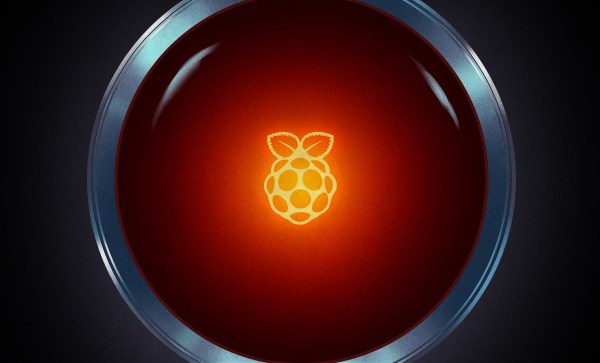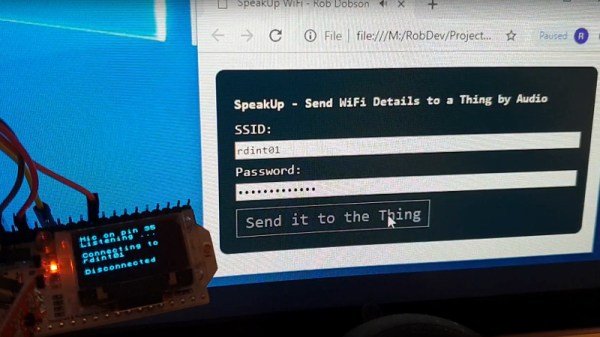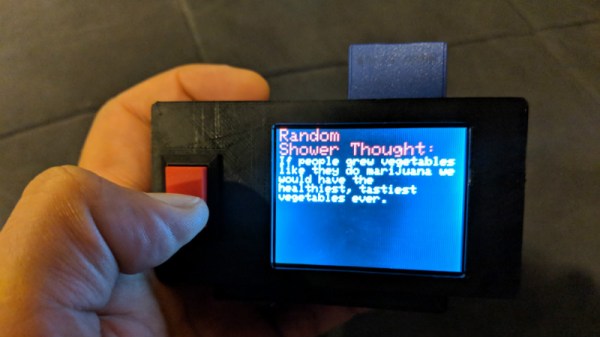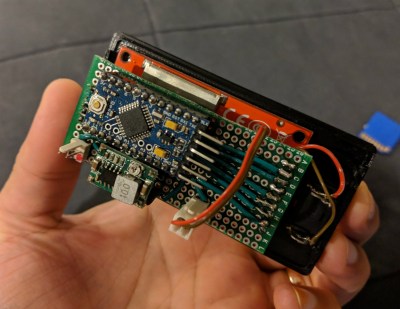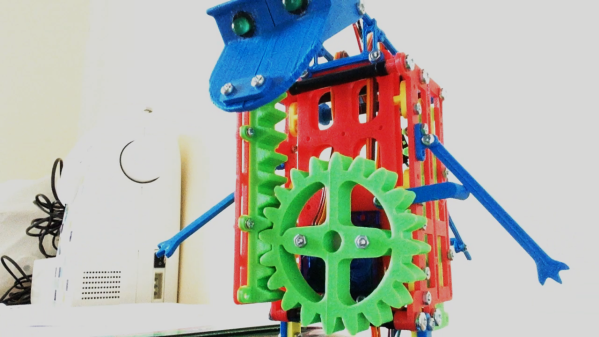In the news has been yet another router botnet. [Hui Wang] and [RootKiter] of 360Netlab announced their discovery of what they call the “BCMUPnP_Hunter” rootkit. They estimate this botnet to be running on over 100,000 routers worldwide.
There are two elements of this story that I found particularly baffling. First, this botnet infects routers using a vulnerability that was first reported by Defensecode over five years ago, in 2013! The second oddity is the wide range of devices that are vulnerable and are now part of the botnet. Dozens of brands and at least 116 models have been found to be infected.
One of the details of this story hasn’t been reported entirely accurately. The bug is not built into the Broadcom chipset. Unlike Spectre and Meltdown, it’s not actually a hardware fault. Broadcom distributes a Software Development Kit (SDK) that enables device manufacturers like D-Link, TP-Link, and Linksys to quickly develop firmware for routers using Broadcom chips. The vulnerability lies in this code, rather than part of the hardware itself.
Continue reading “Five Year Old Bug Spawns Router Botnet Monster”


